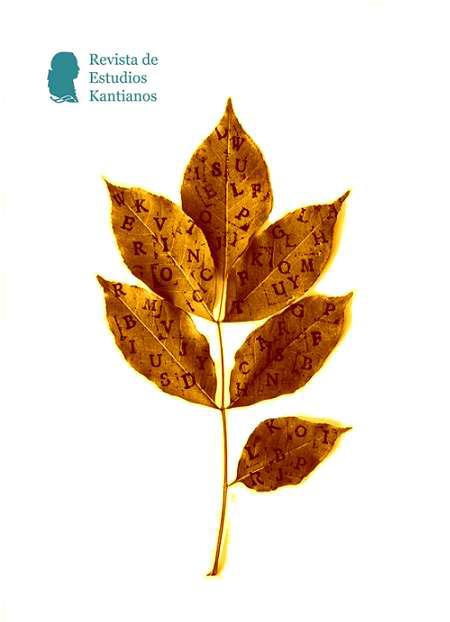Perpetual Peace or Eternal Peace? Kant, Leibniz, and the Dutch Innkeeper’s Sign
DOI:
https://doi.org/10.7203/REK.6.2.16655 Abstract
Abstract
Abstract
Zum ewigen Frieden. Ein philosophischer Entwurf (1795), one of Kant’s most famous, widely read, and influential works, opens with an ambiguous motto oddly inspired by the sign (At the Perpetual Peace) of a Dutch innkeeper, upon which a graveyard was painted. Commonly hailed as a proto-pacifist slogan, at times regarded as a satirical word-play to mock readers, or even as a reminiscence of Kant’s journey (never undertaken) to Holland, the controversial expression “Zum ewigen Frieden” seems more like a pessimistic warning than an optimistic omen, evoking the “eternal peace” of the dead stated by Christian eschatology, rather than the “perpetual peace” between nations dreamt of by eighteenth-century philosophers. The aim of this paper is to show the underground links connecting Kant’s funereal image to Leibniz’s picturesque anecdote about an anonymous “Plaisant”, “Dutch innkeeper”, or “fashionable joker in Holland”, which might conceal the intriguing figure of Lieuwe van Aitzema (Dokkum 1600 – The Hague 1669): a Dutch libertine, freethinker, and bon viveur, whose epitaph, inside of The Hague’s temple, sadly pointed to a tomb as the inevitable haven of rest for those vainly seeking perpetual peace on earth.
Keywords: Kant, Leibniz, van Aitzema, Perpetual peace/Eternal peace, Graveyard/Grave.
¿Paz perpetua o Paz eterna? Kant, Leibniz y el rótulo del posadero holandés
Resumen
Zum ewigen Frieden. Ein philosophischer Entwurf (1795), una de las obras más famosas, leidas e influyentes de Kant, se abre, como sabido, con un ambiguo lema (“A la Paz perpetua”) curiosamente inspirado en inscripción del letrero de una posada holandesa, en que habia pintada la lúgubre imagen de un cementerio. Generalmente saludada como un eslogan pacifista ante litteram, a veces interpretada como un juego de palabras satirico para burlarse del lector, o incluso como legado de un (nunca cumplido) viaje de Kant en Holanda, la controversa expresion “Zum ewigen Frieden” parece más una advertencia pesimista que una esperanza optimista, algo que parece evocar la “paz eterna” del cementerio otorgada a los muertos mas que la “paz perpetua” entre las naciones soñada y deseada por los filosofos ilustrados del siglo XVIII. El objetivo de este articulo es demostrar los nexos subteraneos que conectan la imagen cimiterial utilizada por Kant en la pintoresca anécdota, referida al tiempo por Leibniz y destinada a una amplia fortuna, de un anonimo “posadero” o “bromista” de Paises Bajos, detras del que podria esconderse la sugestiva figura del libertino y pensador libre holandés Lieuwe van Aitzema (Dokkum1600 – L’Aja 1669), quien indicaba mestamente en una tumba la inevitable llegada de cuantos buscaban en vano la paz en la tierra.
Palabras clave: Kant, Leibniz, van Aitzema, Paz perpetua/Paz eterna, Cementerio
 Downloads
Downloads
Downloads
Published
How to Cite
-
Abstract273
-
PDF (Español)154
Issue
Section
License
![]()
The authors who publish in this journal agree with the following terms:
- The authors retain their copyright and guarantee to the journal the right to be the first to publish the work and to license it under a Creative Commons Attribution License that allows others to share the work with an acknowledgement of its authorship and the initial publication in this journal.
- Authors may separately establish additional agreements for non-exclusive distribution of the version of the work published in the journal (for example, placing it in an institutional repository or publishing it in a book), with acknowledgement of its initial publication in this journal.
- Authors are allowed and encouraged to disseminate their work electronically (e.g., in institutional repositories or on their own website) before and during the submission process, as this can lead to productive exchanges as well as earlier and greater citation of published work (see The Effect of Open Access).








